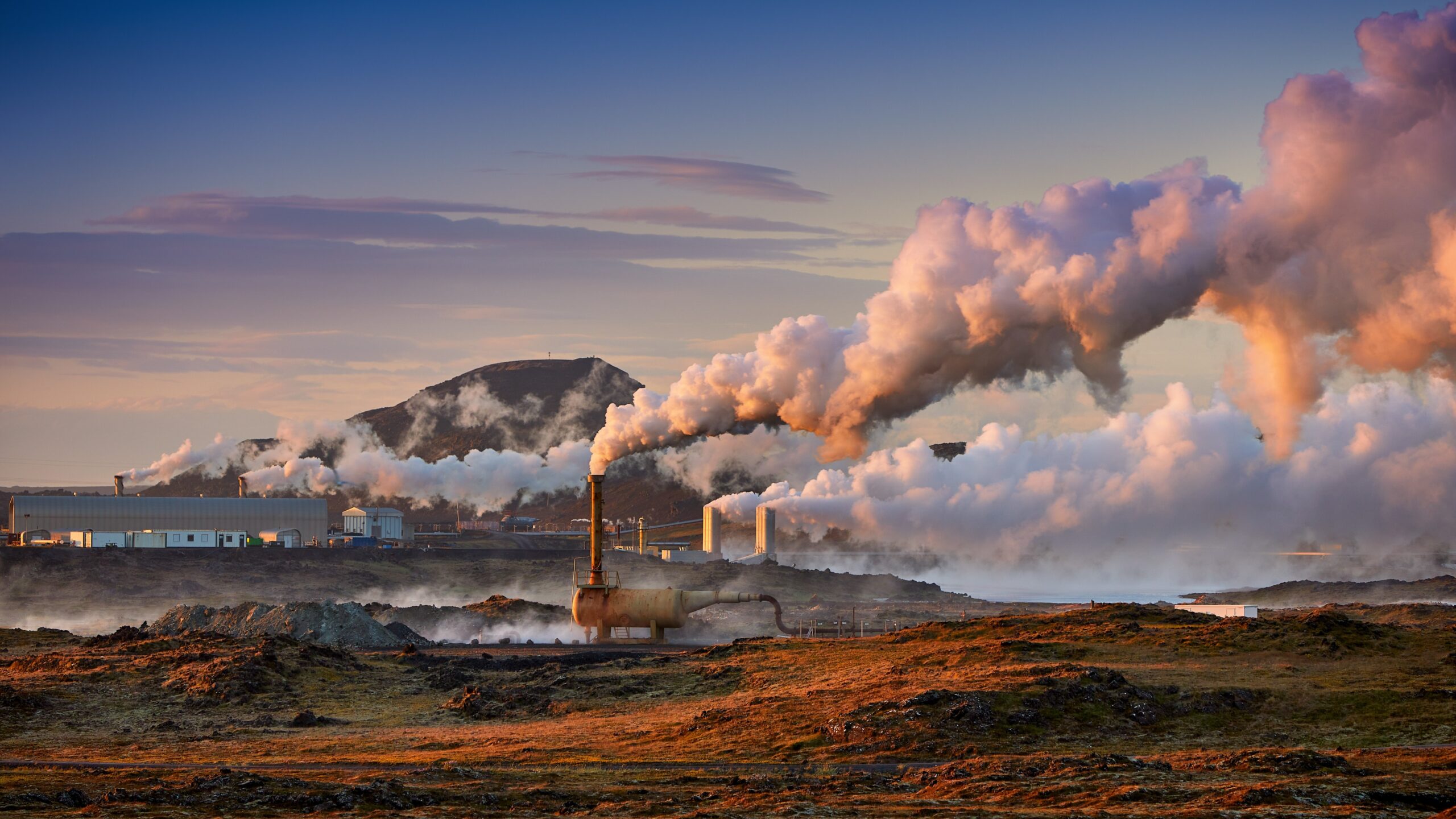Geothermal sites in Australia are rapidly gaining attention not only for their potential as a clean energy source but also as natural attractions rich in ecological, cultural, and scientific value. With a wide range of hot springs, thermal pools, and untapped underground heat reservoirs, Australia is uniquely positioned to harness this geothermal wealth. Places like the Dalhousie Springs and Peninsula Hot Springs exemplify how these resources serve both relaxation seekers and energy researchers. Organizations like Geoscience Australia are leading efforts in mapping and assessing geothermal potential, helping identify zones where subterranean temperatures exceed 150°C—ideal for renewable energy projects. These geothermal assets contribute to Australia’s broader clean energy strategy, promoted by institutions such as the Clean Energy Council, which emphasizes geothermal’s role in the nation’s sustainable energy mix.
Beyond the scientific and environmental aspects, geothermal sites in Australia also offer rich cultural and eco-tourism opportunities. Aboriginal communities have long considered hot springs as sacred spaces, integrating them into ceremonial and healing practices. Modern travelers can now experience this deep heritage at geothermal destinations like Mataranka Hot Springs, which form part of immersive, Indigenous-led eco-tours. Australian tourism boards, such as Tourism Australia, actively promote these geothermal spots as part of the country’s unique natural offerings. Furthermore, health-focused resorts like Hepburn Bathhouse & Spa combine luxury wellness with geothermal water therapies, attracting a growing number of visitors every year seeking natural remedies and thermal relaxation.
From an energy perspective, geothermal technology is evolving in regions like the Cooper Basin, where Enhanced Geothermal Systems (EGS) are being tested. This method—backed by innovators like ARENA—involves injecting water into deep, hot rock formations to generate steam for electricity. While drilling remains expensive, the long-term potential for base-load, low-emission power is significant. According to CSIRO, even modest investments in geothermal R&D could unlock gigawatts of clean energy capacity across South Australia, Queensland, and Victoria. The role of research institutions such as the University of Adelaide and UNSW is vital in training the next generation of geothermal engineers and geoscientists.
Moreover, eco-conscious travelers and wellness tourists are increasingly drawn to geothermal retreats powered by nature. Popular destinations like Peninsula Hot Springs in Victoria integrate geothermal heat into every aspect of their operations, from spa pools to eco-friendly lodgings. These resorts report up to 35% lower carbon footprints compared to conventional facilities, aligning with global sustainability goals outlined by entities such as the Australian Renewable Energy Agency. In this context, geothermal tourism not only supports local economies but also represents a key link between environmental responsibility and consumer experience.
Australia’s geothermal landscape, both beneath the ground and on the surface, holds extraordinary promise. Whether as a solution for low-emission energy production or a foundation for eco-tourism and cultural education, geothermal development is set to play a vital role in shaping Australia’s future.
Exploring Australia’s Hidden Geothermal Wonders
Natural Hot Springs in the Outback
Australia’s vast Outback hosts numerous natural geothermal springs, many of which remain hidden from the average traveler. One of the most popular is the Dalhousie Springs in South Australia’s Witjira National Park, with over 60 springs and water temperatures ranging between 38°C and 43°C. These geothermal springs result from underground aquifers heated by the Earth’s core. The geothermal sites in Australia not only offer therapeutic experiences but also provide insights into the country’s unique geothermal systems.
Geothermal Activity in Tasmania
Although not widely recognized, Tasmania has shown signs of geothermal potential. Recent surveys by the University of Tasmania revealed elevated heat flow in areas like Mole Creek, indicating underlying geothermal activity. The heat flux readings here range from 80 to 100 mW/m², compared to the global average of 65 mW/m², suggesting untapped energy reserves. These findings encourage further exploration of geothermal sites in Australia as viable energy sources.
The Role of Indigenous Knowledge
Aboriginal communities have long known and used geothermal springs for ceremonial and healing purposes. Places like Mataranka Thermal Pools in the Northern Territory are historically significant, with Dreamtime stories linking the thermal waters to ancestral beings. Modern geothermal exploration often integrates Indigenous knowledge, offering a culturally rich perspective on the land’s resources.
Underground Aquifers as Geothermal Sources
The Great Artesian Basin, one of the largest underground freshwater reservoirs in the world, is a key geothermal resource. Covering over 1.7 million km², it feeds many hot springs in Queensland and the Northern Territory. Water temperatures here can exceed 50°C, making it an important site for both balneology and geothermal research.
Tourism Around Hidden Springs
Geothermal tourism is growing in remote areas. Sites like Innot Hot Springs in Queensland attract thousands annually for their natural warmth and health benefits. These lesser-known destinations are becoming hotspots for eco-tourists seeking unique geothermal encounters in untouched Australian landscapes.
Volcanic Landscapes and Their Thermal Legacy
Australia’s ancient volcanic zones, like the Newer Volcanics Province in Victoria and South Australia, are rich in geothermal heat. Despite being inactive, residual heat from these extinct volcanoes still influences underground temperatures. Geological surveys indicate heat gradients of up to 80°C/km in some areas, compared to the global average of 25–30°C/km.
Outback Explorations: South Australia’s Springs
South Australia is home to one of the most active geothermal exploration regions. Paralana Hot Springs, located in the Flinders Ranges, is not only hot but also radioactive due to radon gas emissions. The spring water here is often above 60°C, indicating a strong geothermal gradient. These sites underscore the diversity of geothermal sites in Australia, particularly in remote arid zones.
Thermal Pools of Northern Territory
The Northern Territory boasts a variety of thermal pools, including Katherine Hot Springs and Bitter Springs. These are popular recreational spots, yet they are also geological treasures. Underground reservoirs heat the water, which emerges at surface temperatures between 30°C and 40°C. The proximity to tectonic fractures enhances geothermal fluid movement in these regions.
Victoria’s Geothermal Potential
Victoria has notable geothermal zones, particularly in areas surrounding Warrnambool and Portland. Borehole data collected by Geoscience Australia indicates subsurface temperatures above 150°C at 5 km depth in some areas, which could be suitable for binary-cycle power plants. These findings suggest Victoria may play a future role in clean geothermal energy development.
Hot Springs in Queensland’s Hinterland
Queensland offers hidden geothermal treasures like the Bedourie Artesian Spa and Bores. Temperatures in these springs reach up to 40°C. Recent initiatives aim to utilize these waters for both spa tourism and district heating, an innovative model already in place in countries like Iceland.
Sustainable Benefits of Geothermal Resorts
Eco-resorts are tapping into geothermal energy for sustainability. Sites like Peninsula Hot Springs in Victoria use naturally heated groundwater to power spas and facilities. By using geothermal heat instead of fossil fuels, these resorts reduce carbon footprints by an estimated 30%, promoting sustainability through relaxation.
Mapping Hidden Geothermal Resources
New satellite and thermal imaging technologies are helping geologists map subsurface heat anomalies. Recent mapping efforts by CSIRO identified over 400 potential geothermal sites in Australia, many of which are in sparsely populated regions. These new discoveries pave the way for future scientific and energy initiatives.
The Science Behind Australia’s Geothermal Activity
Understanding Heat Flow in Australia
Australia’s geothermal energy arises from radioactive decay and ancient tectonic activity beneath the crust. The continent has moderately high heat flow regions, with parts of South Australia and Queensland showing values over 100 mW/m². These levels, detected through borehole temperature profiling, highlight key geothermal sites in Australia where surface temperatures may rise significantly due to subsurface heat.
Geological Structures Fueling Heat
Australia’s unique geological make-up, including granitic intrusions and sedimentary basins, fosters favorable conditions for geothermal activity. Regions like Cooper Basin are particularly interesting, with granitic rocks rich in uranium and thorium producing intense radiogenic heat. These rocks contribute significantly to Australia’s geothermal energy landscape.
Geothermal Gradients Across the Country
Geothermal gradient refers to the rate at which temperature increases with depth. In central Australia, some areas exhibit gradients as high as 60°C per kilometer. These conditions mean that at just 3 kilometers deep, temperatures can surpass 180°C, ideal for generating geothermal electricity with Enhanced Geothermal Systems (EGS).
Enhanced Geothermal Systems (EGS)
EGS technology involves injecting water into hot dry rocks to generate steam and produce electricity. Australia tested this at the Habanero project in the Cooper Basin. The test yielded temperatures above 250°C at depths of 4 km. While currently expensive, EGS remains a promising future for geothermal sites in Australia aiming to provide renewable energy.
Thermal Mapping and Resource Estimation
Thermal mapping technologies like magnetotellurics and passive seismic tomography allow geologists to detect high-temperature anomalies underground. A 2023 study by Geoscience Australia revealed that up to 1.4% of Australia’s landmass may contain viable geothermal resources, indicating significant room for expansion.
Heat Flow Models and Energy Yield
Modeling efforts estimate that geothermal energy could potentially supply 7% of Australia’s electricity needs if fully developed. South Australia alone holds enough geothermal potential to generate over 1,000 MW of electricity, enough to power over 650,000 homes annually.
Challenges in Harnessing the Heat
Despite promising data, challenges include drilling costs, depth of resource, and lack of infrastructure. Drilling a single geothermal well in Australia can exceed $10 million AUD. These costs have slowed commercial adoption, despite growing interest in green energy sources.
Eco-Tourism and Geothermal Hotspots in Australia
Booming Hot Springs Tourism
Eco-tourism at geothermal sites is surging in popularity. Peninsula Hot Springs in Victoria welcomes over 500,000 visitors annually. The site contributes more than $30 million to the local economy, showcasing the financial potential of geothermal sites in Australia when developed sustainably.
Healing Waters and Wellness Retreats
Geothermal waters are mineral-rich and often used for therapeutic treatments. The Hepburn Bathhouse & Spa, for example, sources its water from an aquifer with temperatures around 50°C and offers treatments like hydrotherapy and mineral bathing. Many visitors report benefits for arthritis and skin conditions.
Aboriginal Cultural Experiences
Sites such as the Mataranka Hot Springs offer not only warm waters but rich cultural stories. Aboriginal-led tours guide visitors through Dreamtime legends linked to the springs, enhancing cultural awareness and respect for the land. These experiences make geothermal tourism both educational and meaningful.
Geothermal Resorts Embracing Sustainability
Resorts like Mornington Peninsula Hot Springs utilize geothermal energy for heating pools, showers, and even buildings. This reduces reliance on grid electricity and fossil fuels. Estimates show a 35% reduction in greenhouse gas emissions compared to conventional resorts, reinforcing the ecological advantage of geothermal infrastructure.
Expanding Tourist Infrastructure
In South Australia, the development of eco-lodges near Dalhousie Springs is underway. These developments aim to boost visitation by 20% over the next five years while implementing sustainability metrics, such as solar-powered accommodations and water recycling systems.
Wellness Travel Trend in Australia
Tourism Australia has recognized wellness travel as a key trend, with searches for hot springs and natural therapies increasing by 40% in 2024 compared to 2023. Geothermal sites in Australia offer a natural synergy between relaxation and eco-conscious travel, making them a cornerstone of this growing market.
Local Economic Revitalization
Small towns near geothermal attractions benefit from tourism. Daylesford in Victoria has seen a 15% rise in local employment thanks to geothermal tourism. Cafés, art shops, and local tours thrive due to the consistent visitor influx to hot springs and spa centers.
The Future of Geothermal Energy Down Under
Australia’s Renewable Energy Mix
As of 2024, geothermal energy accounts for less than 0.2% of Australia’s total renewable output. However, studies by the Clean Energy Council suggest that with adequate investment, this could rise to 5% by 2035. Geothermal sites in Australia hold latent power yet to be fully realized.
National Geothermal Initiatives
Government funding initiatives, such as ARENA’s $50 million geothermal R&D fund, aim to advance exploration technologies and support startups in the sector. New grants focus on Enhanced Geothermal Systems and hybrid solar-geothermal installations, particularly in regional Australia.
Pilot Projects Leading the Way
The Cooper Basin remains at the forefront. The Innamincka Deeps project, initiated in 2022, is expected to produce up to 20 MW of electricity by 2026. It’s designed to power nearby communities and industrial operations, offering a scalable model for other geothermal sites in Australia.
Educational and Research Institutions
Universities like UNSW and the University of Adelaide now offer geothermal-focused courses and collaborative research projects. In 2024, over 120 Australian students enrolled in geothermal energy engineering tracks, signaling a growing workforce pipeline for this emerging industry.
Geothermal in Remote Area Development
Remote mining and agricultural areas stand to benefit most from off-grid geothermal power. Trials in Western Australia show that geothermal-powered cooling systems can reduce energy costs by up to 40% in greenhouse operations. This model could extend to other arid zones.
Public Awareness and Investment Trends
While solar and wind dominate media attention, geothermal investment is quietly growing. Australian clean energy funds reported a 12% increase in geothermal project inquiries in 2023. Awareness campaigns and documentaries have helped position geothermal as a stable, base-load clean energy option.
Environmental Impact and Emission Savings
Unlike fossil fuels, geothermal plants emit less than 5% of the CO₂ produced by coal. A 10 MW geothermal plant emits about 4,000 tons of CO₂ annually, compared to over 90,000 tons for a similar coal plant. These stats reinforce the sustainability benefits of geothermal adoption.




